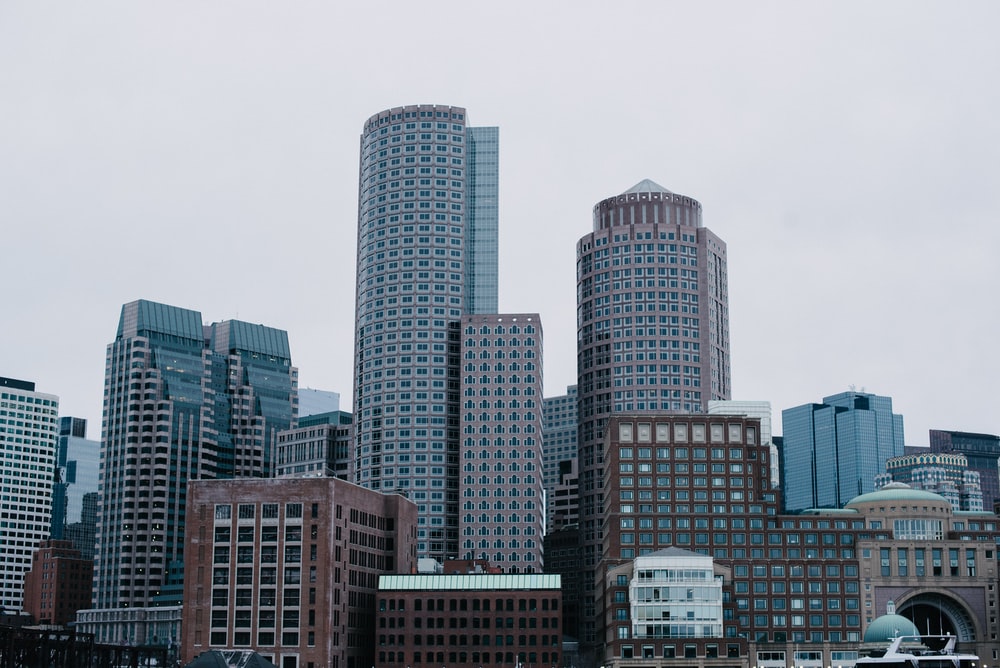The fear of bubbles comes to mind for anyone looking to buy or invest in real estate today. But without looking at the facts, one should not conclude that he is speculating on the real estate bubble in India.
India’s real estate sector is growing at a CAGR of over 30% on the back of the country’s strong economic performance. After a small recession in 2008-2009, it quickly revived and experienced phenomenal growth. The market value of projects under construction rose from $70 billion at the end of 2006 to $102 billion at the end of June 2010, or 8.2% of India’s nominal GDP for 2009. Plus government. initiatives: liberalization of the rules for foreign direct investment in real estate in 2005, introduction of the SEZ law and authorization of private equity funds in real estate, the main factors which have contributed to this tremendous growth have been the “price lower” which attracted buyers and investors not only from India, but NRIs and foreign funds also poured money into the Indian market. Moreover, the aggressive launch of new projects by manufacturers further reinforced this positive sentiment which paved the way for rapid market growth last year.
Now the question is whether a bubble is forming in the Indian property market. Let’s look at the recent housing bubble in the United States, Europe and the Middle East. In addition to economic factors, the main factors that contributed to these bubbles were rapidly rising prices beyond affordability, homeownership mania, belief that real estate is a good investment, and feelings of well-being. to be, among which the rapid rise in prices is a key cause. of any real estate bubble.
Comparing it to the Indian scenario, all these factors are at work in major cities of India, especially Tier I cities. Prices have skyrocketed and surpassed the previous 2007 pick in cities like Delhi, Mumbai, Bangaluru, Chennai, Kolkata, Hyderabad, Gurgoan, Chandigarh and Pune. Even in some cities like Mumbai, Delhi, Gurgoan and Noida, prices have increased by 25-30% compared to market selection in 2007. However, during the economic downturn of 2008-09, prices fell by 20-30%. 25% in these cities. cities. Another factor is the mania for home ownership and the belief that real estate is a good investment. Needs-based buyers and investors were attracted by the fall in prices at the end of 2009 and began to pump money into the real estate market. Tier I cities Mumbai, Delhi-NCR, Bangaluru, Chennai, Pune, Hyderabad, Kolkata showed the highest investments in real estate projects. Developers took advantage of this improved sentiment and started releasing new projects. This further boosted the confidence of buyers and investors who had failed to buy or invest before, which drove the price up unrealistically even further. And finally feel good factor which has also worked over the last few months. The key factor in any stock market bubble, whether it’s the stock market or real estate, is known as the “feel good factor”, where everyone feels good. Over the past year, the Indian property market has grown tremendously and if you have purchased a property, chances are you have made some money. This positive return for so many investors drove the market higher as more people saw it and decided to invest in real estate before they “missed out”. This feel-good factor is at the heart of any bubble and has happened many times in the past, including the stock market crash of 2008, the Japanese property bubble of the 1980s, and even the Irish property market in 2000. had completely taken over the property market until recently and this could be a key factor contributing to the bubble in the Indian property market. Even after the flow of negative news regarding the correction and/or bubble in the real estate market, people are still very positive about the growth of real estate in India.
Looking at the above factors, it is possible for bubbles to form in some cities in India, but it can only hurt buyers and investors if they burst. Bubbles usually form with artificial internal pressure and can remain for a long time if no external force acts. Similarly, in the case of the real estate market, the bubble can burst if demand and prices start to drop suddenly and drastically.
